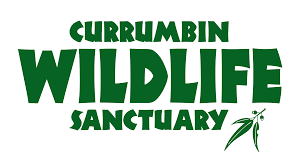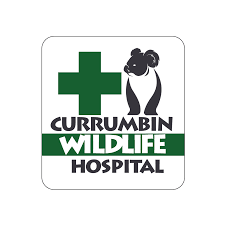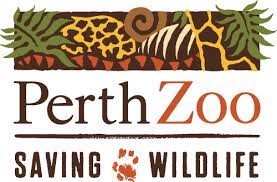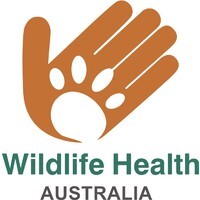These veterinary hospitals contribute to a national program which tracks the health of Australia’s wildlife and links professionals involved to share data and discoveries that support native species. Since the surveillance program began in 2010, over 3,000 records of disease from 250 different species have been entered into a national database by participating zoos. By capturing useful data, this program also facilitates communication between zoos and government, researchers and other veterinary clinics.
WHA CEO; Dr Rupert Woods says “The information these hospitals feed through to us complements data collected through private wildlife hospitals, universities, government agencies and wildlife carers, helping us to better understand disease threats to biodiversity, livestock and human health.”
This will not only grow biosecurity awareness in the zoo and aquarium sector, but ensure that disease is recorded, reported and the opportunity for discussion with colleagues arises. For many threatened species, disease can threaten conservation outcomes if it is not detected, understood and proactively managed.


Currumbin Wildlife Sanctuary:
Over the past year, Currumbin Wildlife Sanctuary has been busy with multiple investigations into the mass deaths of birds that can be caused by poisoning, shooting or disease. Vets work tirelessly behind-the-scenes with a large network of government, research, veterinary and rehabilitation colleagues in the sector.
Dr Andrew Hill from Currumbin Wildlife Sanctuary believes “Wildlife disease is so often a mystery. Collaborating with a wider network to investigate…these events is an incredible privilege and a huge relief. It’s great to be able to pick up the phone with the confidence that we are connecting to the right people with the help we need.”
Currumbin’s involvement has enabled multiple investigations which sometimes lead to new discoveries or treatment in the event of disease outbreaks. Funding from the National Significant Disease Investigation Program (NSDI), which is administered by WHA on behalf of Animal Health Australia, has further closed the knowledge gap for wildlife events that would have been unreported and unresolved.
Read Currumbin Wildlife Hospital’s the Wildlife Times here

Perth Zoo:
Perth Zoo’s Western Australia Black Cockatoo Project involves countless partnerships which enable disease monitoring, treatment, rehabilitation and research. Dr Rebecca Vaughan from Perth Zoo says: “We are very proud to have treated and rehabilitated hundreds of amazing black cockatoos. Our partnership with WHA and ZAA as wildlife disease surveillance program members has provided extra funding and support for diagnostics and research, which…has led to better outcomes for the birds.”
Vets at Perth Zoo’s extensive experience with these birds has contributed greatly to their health, welfare and conservation, with potential benefits increased via funding from the NSDI program.
Read more about Veterinary Services at Perth Zoo here
Read more about the Black Cockatoo Project here
%20Stock%20Image.jpg)
%20Credit%20Image%20-%20Perth%20Zoo.jpg)
(Photo Left to right: 1: Black Cockatoo, 2-4: Black Cockatoo Project at Perth Zoo, Credit- Perth Zoo)
Article written & submitted by Clare Death, Wildlife Health Australia
